Malta Past and Present
This article may contain affiliate links where I make a small commission for purchases you make from links that you click from this article. By purchasing through these links, you support me at no additional cost to you. Thanks for your support.
When I heard the name M’dina, I immediately conjured up images of knights, narrow alleyways lit by torches, and drama. Yes, sometimes I have an overactive imagination; however, Malta’s town of M’dina does have a moat (never mind that it’s dried up).
This once ancient, medieval town was the cornucopia of Maltese civilization. It had a number of influences and uses through the thousands of years it’s been in existence. Historians believe that the Phoenicians built the walled city in 700BC. Through the years though it was occupied and rebuilt and fortified by the Romans, the Normans, and the Knights of the Hospital of St. John.
However modern day M’dina belongs to the tourism board – or at least that’s what it feels like! The medieval town has been restored impeccably and only 300 people live in it today. However right outside the gate lies the functioning town of Rabat (meaning suburb in Arabic) where about 11,000 people live. This is an interesting mix of past and present life in Malta in such close proximity.
M’dina and Rabat are very easy to reach by bus, and once there, you can walk right into M’dina with no entrance fee, which I was slightly surprised by. However, there are plenty of other opportunities to spend your money in M’dina. Around every corner, twist, and turn, there is a gift shop, bakery, wine bar, horse & buggy, or church that is more than willing to take your money! However, don’t expect to see any locals here; this is a strictly tourist site.
The main gate bears the coat of arms proudly, and once you enter, make sure you stop right away at the tourist office on the left-hand side and pick up a free map and information sheet. Quite honestly, that’s all you need to simply walk around the city and learn a bit about the various buildings. It’s a small site; take your time and wander the streets. Most of the churches do cost money to enter, but if you want to save money and do just one, then be sure to shill out 5Euros (including entrance to the cathedral museum) to St. Paul’s Cathedral, which is said to be the point where Paul converted the Roman Governor, Publius, to Christianity.
When I went in the cathedral, it unfortunately was under construction inside, so the areas to view were limited, but still worth a look. The domes danced in light providing beautiful natural spotlights on the spiritual works of art. The marble inlaid tombstones were of great interest capturing me with their fascinating designs, like a complex chess board.
Before you leave M’dina be sure to walk all the way to the back to Bastion Square to get a good view of Malta and see just how thick the fortress walls are. M’dina is built in the center of Malta for strategic defense so the views are beautiful.
The city takes 1 to 2 hours to walk through at a leisurely pace, taking photos. However, I was a bit frustrated and challenged with photography, trying to avoid the myriad of cars parked along the narrow streets. Nothing ruins a picture of an ancient city like a BMW.
Even though I liked M’dina, it was a little too pristine, polished, and touristy for me. I much preferred my time afterward walking around the town of Rabat watching locals going about their day, stopping into free churches and looking around and stopping for a 1 Euro pastizzi of course. However stopping in M’dina is definitely time well spent, just make sure you leave enough time to see Rabat if you enjoy present life to past life.
View all photos of M’dina and Rabat:

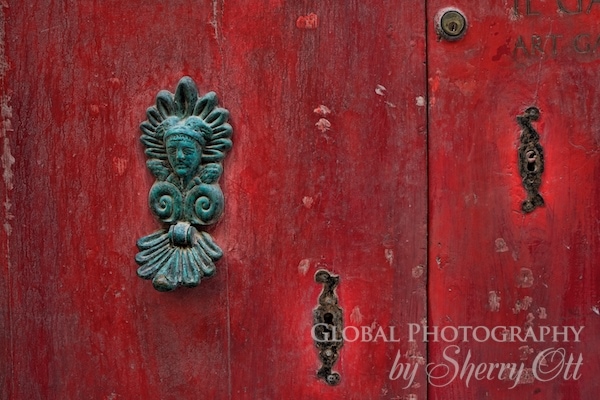
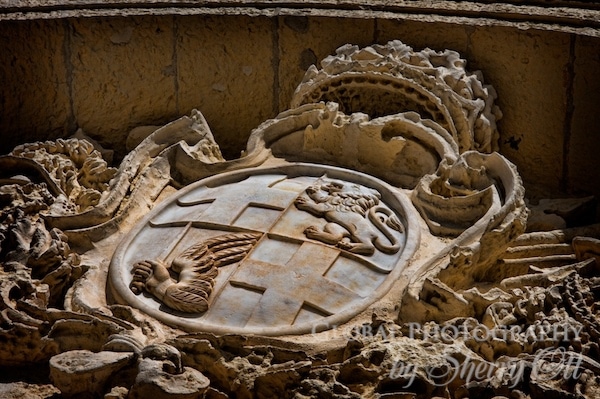

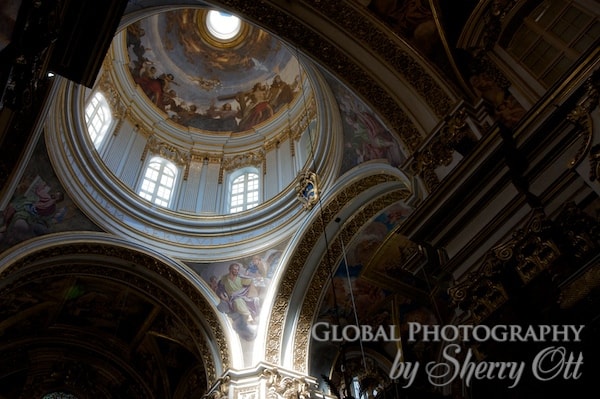

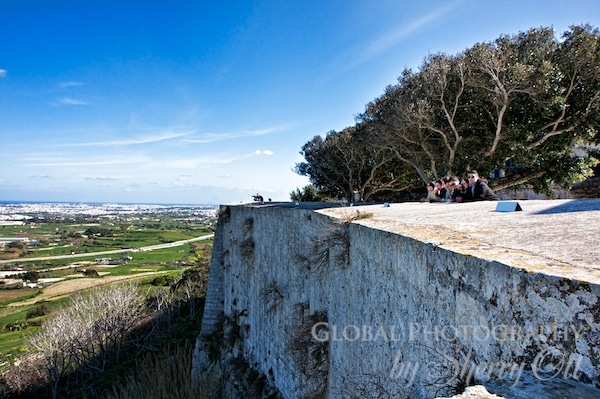

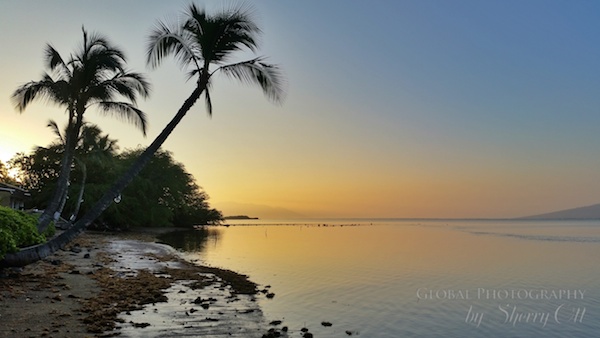
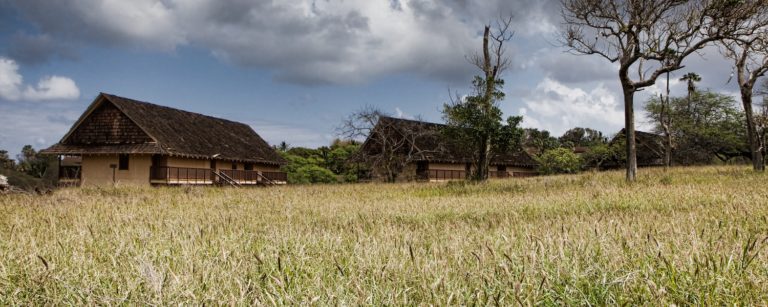



nice photos … Mdina is also known as the silent city and its a gem of the history of Malta.
A wonderful place for photography.
My best friend and I almost went to Malta back when we were in college. I’m thinking of rekindling the idea after reading all your Malta blog posts!
These shots are stunning. I hope to make it there one day~
Wonderful photos. Mdina is one of my favourite places in Malta – one of most people’s favourites I think – and I plan on getting back there soon. It’s a much photographed city, but you’ve managed to get some new perspectives of some familiar sights.
Ah Mdina. I will always have a certain affection for this city, despite its slight touristy-ness. It would be fantastic if they would finally bite the bullet and forbid cars inside the walls entirely though.
Also, a big reason why you won’t see many locals walking around is because many of the residents are in fact cloistered nuns!
Beautiful post about a beautiful city Sherry, Mdina is one of my favourites. Your pictures are stunning too – not a BMW in sight!
Dear Sherry,
Thank you for your lovely article on Malta. Mdina is indeed pristine as you describe and there are way too many torurist attraction inside its walls, but do not be fooled by that. It’s palaces are still home to many of the noble families who have lived there for centuries and others who are lucky enough to have purchased there (properties there do not come up for sale frequently). I do however agree that Rabat can be more lively and less impeccably restored to within an inch of its life. Likewise, in other parts of Malta you’ll find both Valletta and Vittoriosa more ‘real’, as well as a good number of picturesque villages worth visiting. It’s always more rewarding to go beyond what the tourist map suggests.